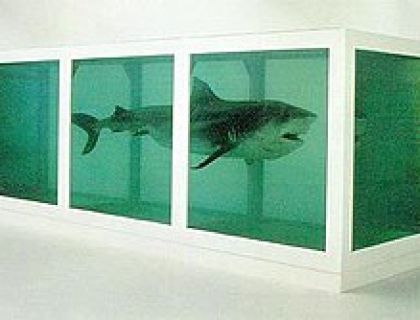Permanence

.
All blossoms along the River-walk are gone. I experience the world in Gleichnissen, in similes, in metaphors. The strongest metaphor is the image of death. Every plant, every flower is animated by my identification with them. I die a thousand deaths seeing flowers wither. As I expressed it to a person dear to me: I never wanted not to die so badly! But open the obituaries in the NYTimes and you see people die at ages 54, 67, or 71.
The idea of death is counterpointed by the daily spectacle, in spring, of young women in the crest of impeccable beauty, springy legs, divine constellation of eyebrows, eyes, eye lashes, crescent breasts, who negotiate their paths through this impossible lecherous city, silently praying to be unharmed, not acknowledging the incessant passes of passersby often casting one desperate glance, under an obtuse angle, into the mathematically perfect saddle topology of cleavage, hoping for what? For something, for the arrival of the next moment in the open trajectory of time lived and experienced un-dead.
The idea of the impossibility of thinking a mere second past the final moment has been cast into a work of art. The impossible thought is captured by Damien Hirst in the form of the corpse of a giant shark floating in a giant tank of formaldehyde, last seen in the Brooklyn Museum. If the glass of the tank breaks, the visitors will not get far. For some reason this makes me think about the decision to name a high-end supermarket “Gracefully.”
The idea of spring, the crescent season waking the flower buds and the worms in the ground and the insects with their iridescent love-making is counterpointed by their demise a few months later. We must manage, almost perpetually, to live between these two extremes.

Leave a Reply